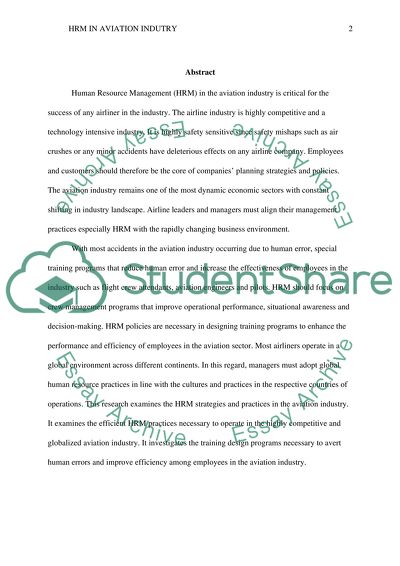Cite this document
(“Global Human Resource Management in the Aviation Industry Research Paper”, n.d.)
Retrieved from https://studentshare.org/human-resources/1659424-global-human-resource-management-in-the-aviation-industry
Retrieved from https://studentshare.org/human-resources/1659424-global-human-resource-management-in-the-aviation-industry
(Global Human Resource Management in the Aviation Industry Research Paper)
https://studentshare.org/human-resources/1659424-global-human-resource-management-in-the-aviation-industry.
https://studentshare.org/human-resources/1659424-global-human-resource-management-in-the-aviation-industry.
“Global Human Resource Management in the Aviation Industry Research Paper”, n.d. https://studentshare.org/human-resources/1659424-global-human-resource-management-in-the-aviation-industry.


